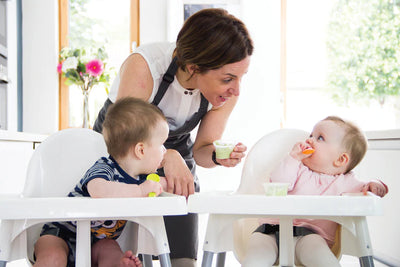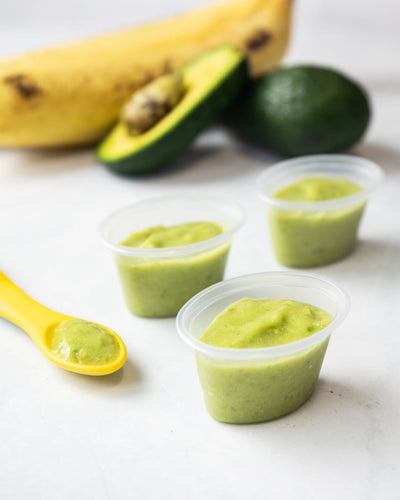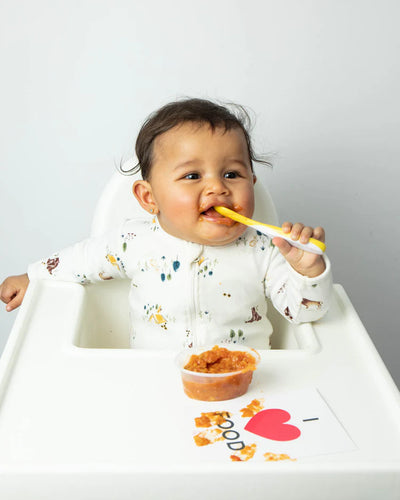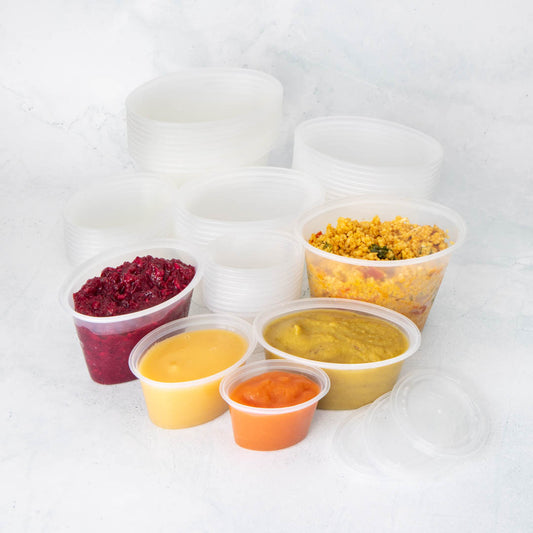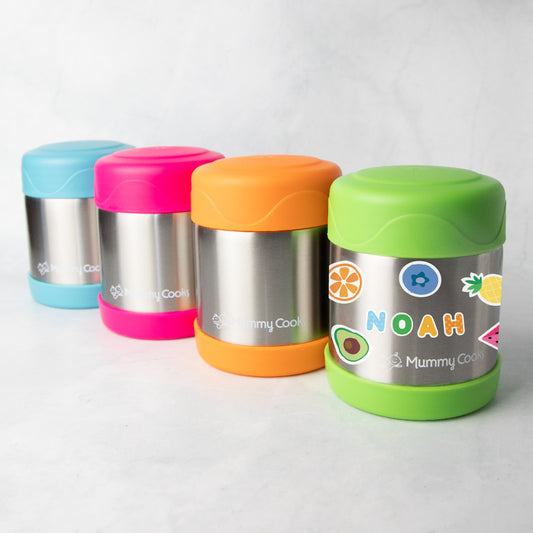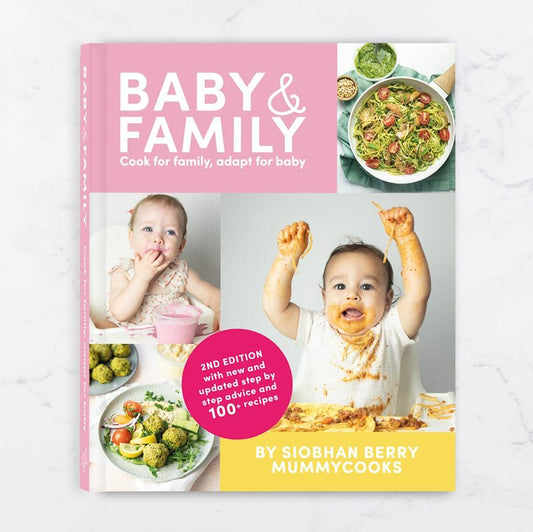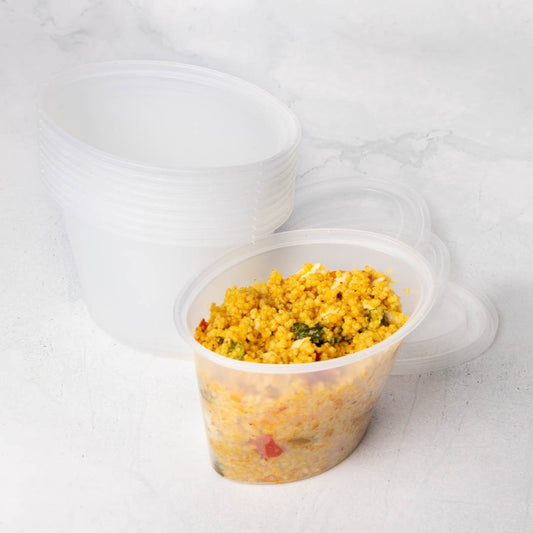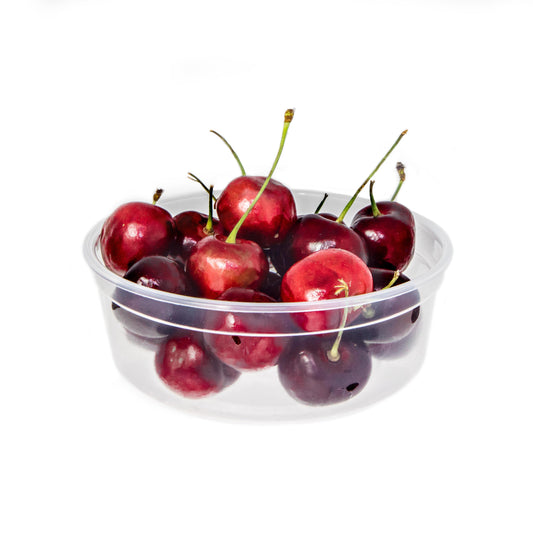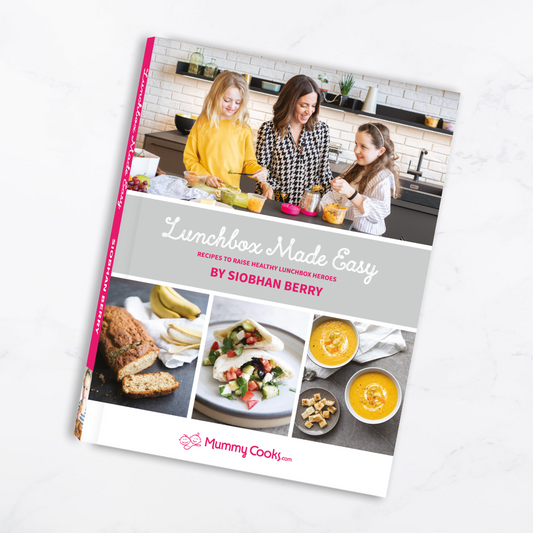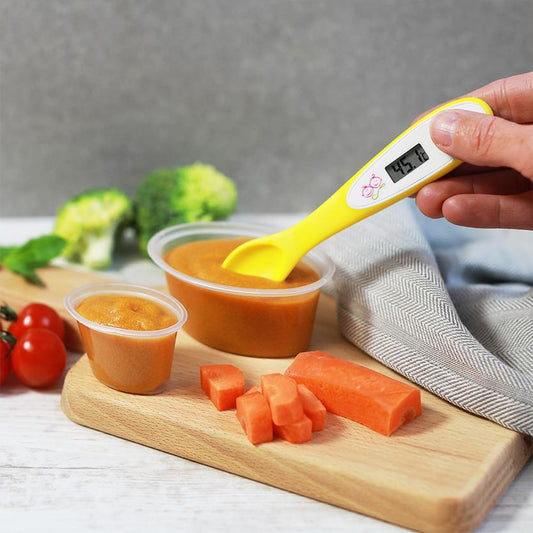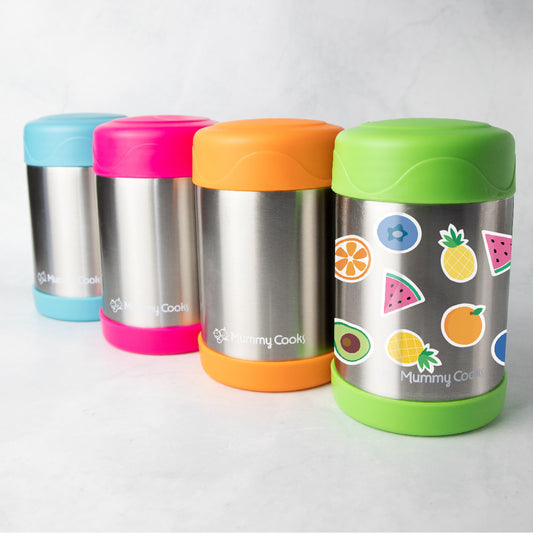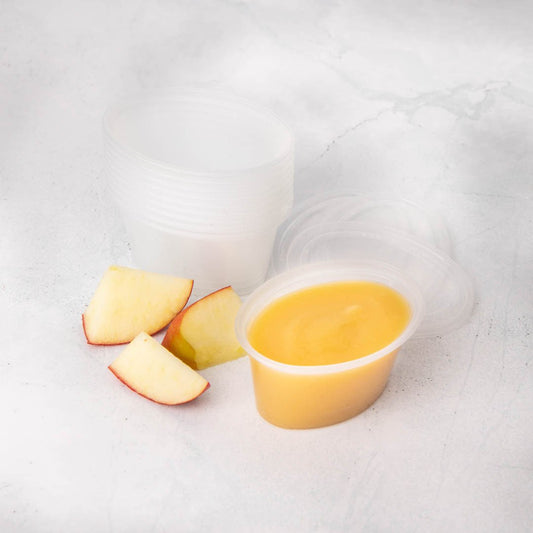In 2008, the possible health risks of BPA (Bisphenol A) made headlines. It made headlines as it is most commonly found in food packaging and baby bottles and storage containers. From tinned food products that can sometimes be inevitable to food storage containers and water bottles, BPA has been used in manufacturing for over 50 years. By making well-informed choices when buying re-usable products such as baby bottles, food storage containers and water bottles, you can reduce your exposure to the chemical.
What is BPA?
BPA is a chemical commonly used in plastics to harden them. It has been used for over 40 years and is most commonly known for its use in baby bottles and food and drinks packaging.
It can be found in many storage containers from water bottles and cans, to plastic packaging and lunchboxes.
Why is it bad?
BPA can influence body processes like growth, energy levels and cell repair. It can also change hormone functions which can affect human health over time.
Should I be worried?
Exposure to BPA during early life can influence weight, development and health risks later on in life. You should not necessarily be worried about the chemical, but it is best to try and avoid it whenever possible.
What does it mean when a pot is BPA free?
When we say our food storage containers are BPA free, it does not contain the BPA chemical which can leach into the contained contents. BPA free packaging is a better choice, especially when it comes to food or drink products.
How do I protect my family from BPA?
Many manufacturing companies have stopped using BPA in their products, especially those for babies or young children due to health concerns. However, it is still used so it is important to check all products to ensure they are BPA free.
Babypotz® and Mummy Cooks® Portion pots are made from PP (Polypropylene Plastic) which is BPA free, safe for baby and family. We have everything you need to avoid BPA when it comes to your family meal times, at home and on the go! From weaning pots and storage containers in family friendly sizes, to our insulated food flasks, you can be rest assured they are free from BPA.
By simply ensuring that you only buy BPA free food storage containers or water bottles for your family, you are on your way to reducing exposure to the chemical.
How do I identify BPA-Free products?
When you are looking for products that do not contain BPA, you will see a recycle mark with a PP or the numbers 2, 4 or 5, generally at the base of the product or container. They are the safest known plastics as they do not leach harmful chemicals into food or liquids.
What to Avoid
PETE (mark 1)
Why? Studies have found that a toxic chemical (antimony) leaches from plastics made from PETE when subjected to heat for long periods. Although free of BPA, it is best to avoid this plastic rating due to other chemicals. Never reheat or reuse containers made with this plastic as they are intended for single use.
Common uses: Water, juice and cooking oil bottles.
PVC (mark 3)
Why? PVC is one of the most dangerous types of plastic and is used for rigid and flexible packaging. Studies have shown it to be damaging to human health.
Common uses: Clear food packaging including cling film, water and juice bottles.
Polystyrene or PS (mark 6)
Why? It can cause many health issues including trouble sleeping and classed as a possible carcinogen.
Common uses: Meat trays, foam food containers and packaging, foam cups, disposable cutlery.
Other (mark 7)
Why? This can be tricky as ‘other’ can be used for unclassified plastics which may or may not contain BPA. It often represents a plastic (PC), derived from BPA. It is best to avoid plastics with mark 7.
Common uses: Hard plastic reusable water bottles, to-go coffee mugs.






